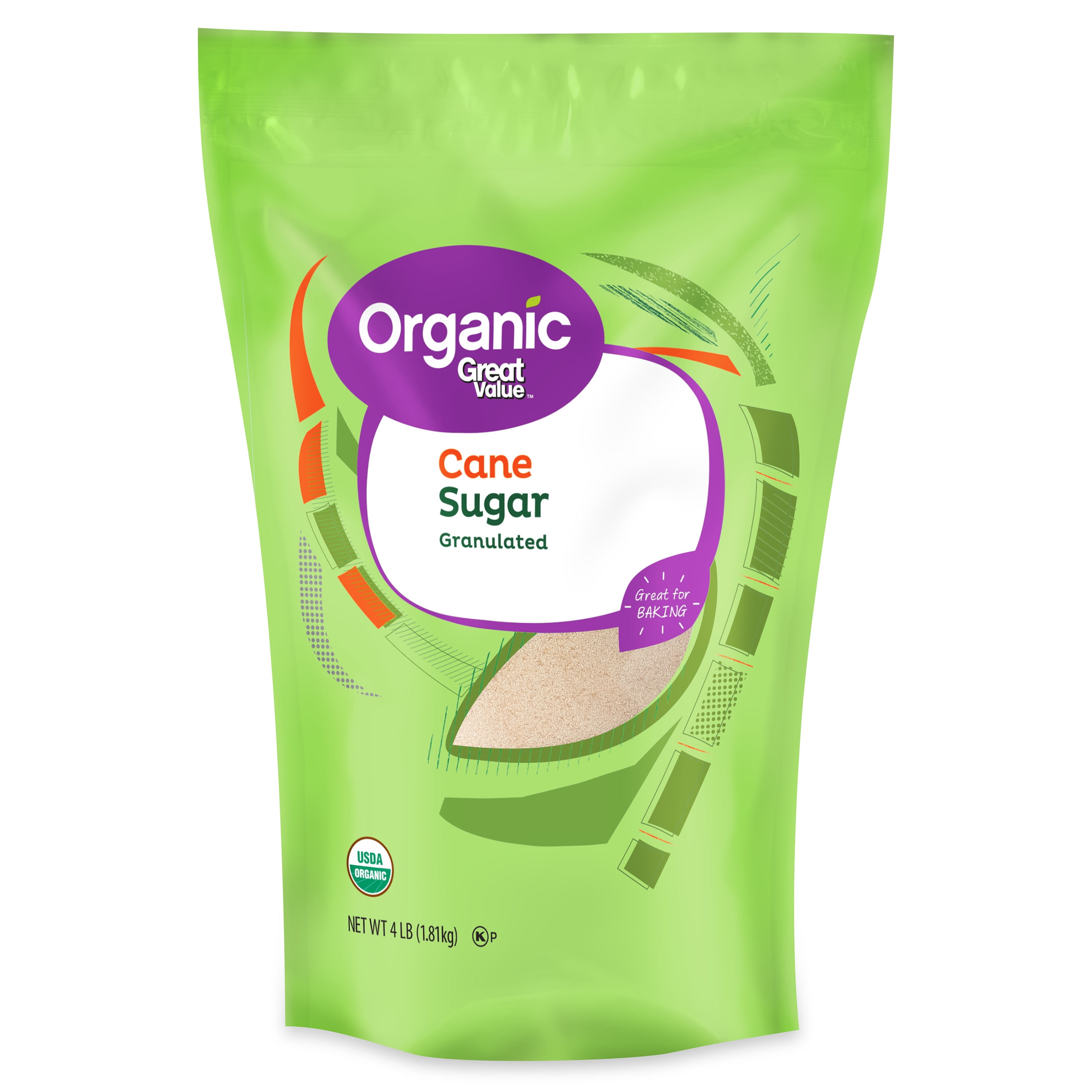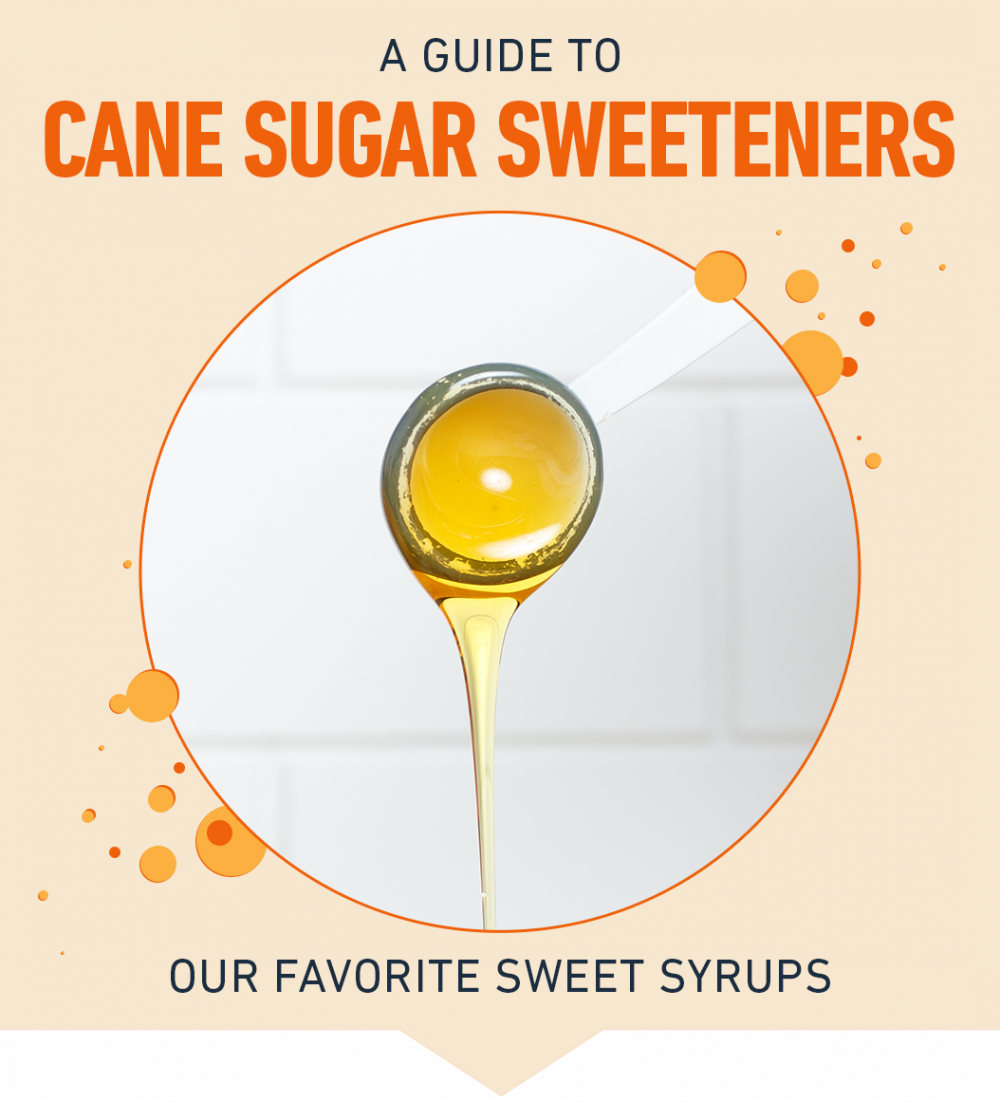Cane Sugar Processing: From Field to Table-- A Step-by-Step Overview
Cane Sugar Processing: From Field to Table-- A Step-by-Step Overview
Blog Article
Recognizing the Crucial Strategies and Technologies Utilized in Modern Cane Sugar Processing
The evolution of walking stick sugar handling has been substantially formed by the assimilation of advanced techniques and innovations that attend to both effectiveness and sustainability. As we check out these essential innovations, it becomes vital to examine how they not just enhance production however likewise line up with more comprehensive sector patterns and consumer demands, raising questions concerning the future of sugar handling and its implications for global markets.
Historic Context of Walking Stick Sugar Handling
The historical context of walking cane sugar handling reveals a rich tapestry of farming development and social exchange that has actually shaped its growth over centuries. The process of drawing out and refining sugar gained energy in India, where methods for formation were improved around the Sixth century.

Advanced Extraction Techniques
Efficiency in walking stick sugar removal has actually seen significant improvements, driven by the demand for greater returns and reduced manufacturing prices. This technique not only enhances sugar return however additionally lowers the power needed for handling.
In addition, the adoption of membrane layer filtration modern technologies, such as nanofiltration and reverse osmosis, has transformed the splitting up of sugar from impurities. These approaches permit for the careful permeation of sugar molecules while maintaining larger contaminants, enhancing the removal procedure and minimizing waste.
In addition, the integration of continual removal systems has actually brought about enhanced operational efficiency. Cane Sugar Processing. These systems keep a consistent circulation of walking stick material, guaranteeing optimal extraction problems and minimizing downtime related to batch handling
Innovative Refining Technologies
Refining techniques in walking stick sugar processing have actually undergone a transformative change, driven by the demand for greater purity and improved item quality. Among the most remarkable advancements is the adoption of membrane layer filtration modern technologies, such as ultrafiltration and nanofiltration. These processes properly eliminate contaminations and colorants without the need for considerable chemical treatments, therefore protecting the sugar's natural flavor and boosting its appeal.
An additional significant improvement is making use of ion exchange resins, which allow for careful elimination of unwanted ions from sugar services. This modern technology not only boosts the overall pureness of the end product yet also adds to minimized waste and environmental impact.
Moreover, improvements in adsorption techniques, utilizing activated carbon and various other sophisticated materials, have actually confirmed reliable in decolorizing sugar solutions while keeping optimal top quality. The assimilation of these cutting-edge refining innovations guarantees that manufacturers can create polished sugar with exceptional clarity and taste, satisfying the evolving preferences of customers.
Automation and Control Systems
Recent improvements in refining innovations have paved the method for considerable improvements in automation and control systems within walking stick sugar processing facilities. These systems utilize sophisticated software application and equipment to improve operational efficiency, decrease human error, and ensure consistent product quality.
Modern automation incorporates numerous components, including sensing units, actuators, and programmable reasoning controllers (PLCs), making it possible for real-time surveillance and control of essential procedures. For circumstances, flow, temperature level, and stress rates can be precisely controlled during extraction, explanation, and formation stages, optimizing efficiency and lessening waste.
Furthermore, progressed information analytics and artificial intelligence formulas play an essential function in anticipating maintenance, allowing drivers to expect equipment failings before they take place. This positive approach not just reduces downtime yet likewise extends the life-span of machinery.
Additionally, automation helps with the execution of Market 4.0 concepts, empowering sugar mills to attain greater connection and data exchange throughout processes. As a result, decision-making comes to be more nimble and informed, ultimately enhancing the total competition of cane sugar production. With these developments, the sector is well-positioned to check this meet expanding global demands while keeping operational excellence.
Sustainability Practices in Sugar Manufacturing
Sustainability practices in sugar production have actually become progressively essential as the sector seeks to balance financial stability with environmental obligation. As customer recognition grows pertaining to the environmental effects of farming techniques, sugar manufacturers are adopting ingenious techniques to reduce their eco-friendly impact.
One significant method is the application of accuracy farming strategies, which utilize information analytics to optimize source usage, such as water and plant foods. This reduces waste and reduces the effect on neighborhood ecological communities. Furthermore, numerous producers are transitioning to renewable resource resources, such as biomass from sugarcane by-products, to power their procedures, consequently lowering dependence on nonrenewable fuel sources.
Water management practices are additionally essential; rainwater harvesting and efficient irrigation systems help mitigate water scarcity issues. Cane Sugar Processing. In addition, incorporated parasite administration methods minimize chemical usage, promoting biodiversity and soil wellness
Business social obligation campaigns are arising, with companies investing in local communities and ensuring reasonable labor techniques. By accepting these sustainability methods, the sugar industry not just boosts its online reputation yet likewise contributes to an extra sustainable farming landscape, leading the way for future generations.

Final Thought
In recap, modern walking stick sugar handling includes an array of advanced techniques and innovations that substantially boost sustainability, yield, and efficiency. The adoption of innovative extraction and refining methods, alongside automation and control systems, helps with improved operational efficiency and item top quality. Furthermore, the emphasis on sustainable techniques emphasizes a dedication to decreasing ecological influence and advertising honest production. Collectively, these developments position the walking cane sugar sector to satisfy contemporary demands while attending to critical global challenges.
The evolution of walking cane sugar processing has actually been read substantially shaped by the assimilation of innovative methods and technologies that attend to both efficiency and sustainability.The historical context of walking cane sugar handling discloses a rich tapestry of farming technology and cultural exchange that has actually shaped its advancement over centuries. Technologies in milling and refining emerged, laying the foundation for modern walking stick sugar handling.Refining techniques in walking cane sugar processing have actually undertaken a transformative shift, driven useful content by the need for greater pureness and improved item top quality.In recap, contemporary walking cane sugar processing integrates a variety of innovative techniques and modern technologies that substantially boost sustainability, yield, and effectiveness.
Report this page